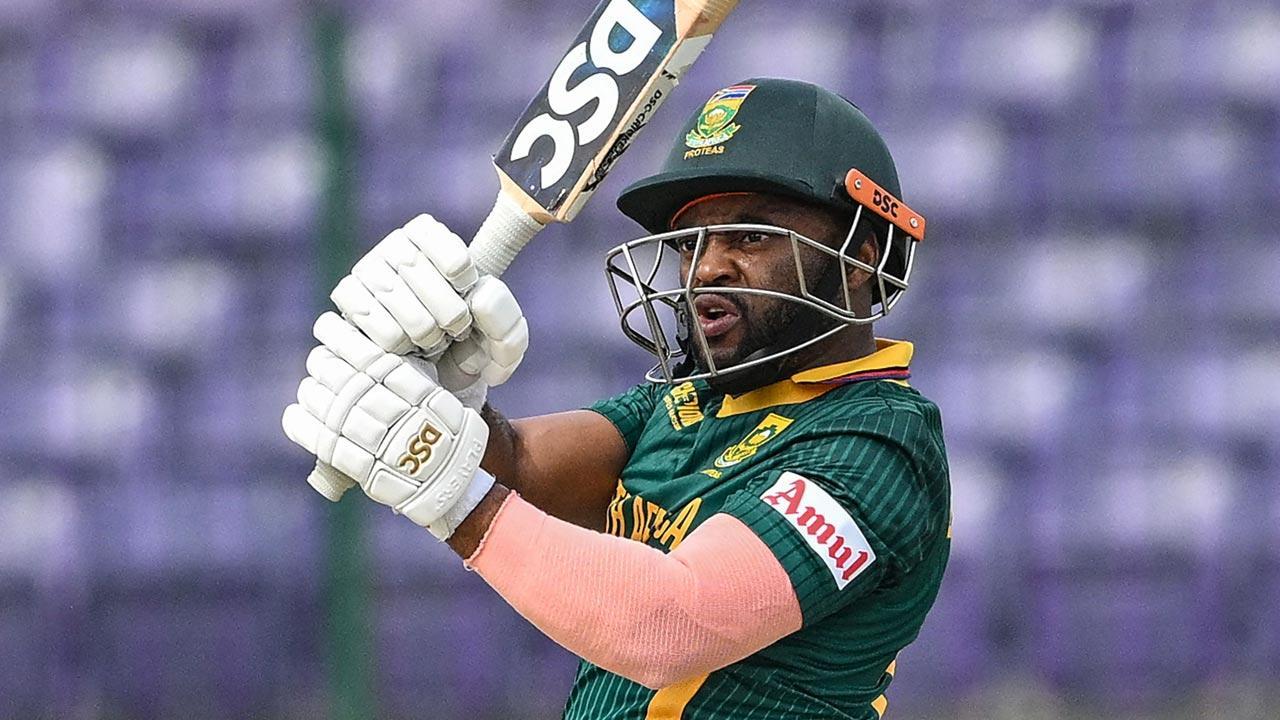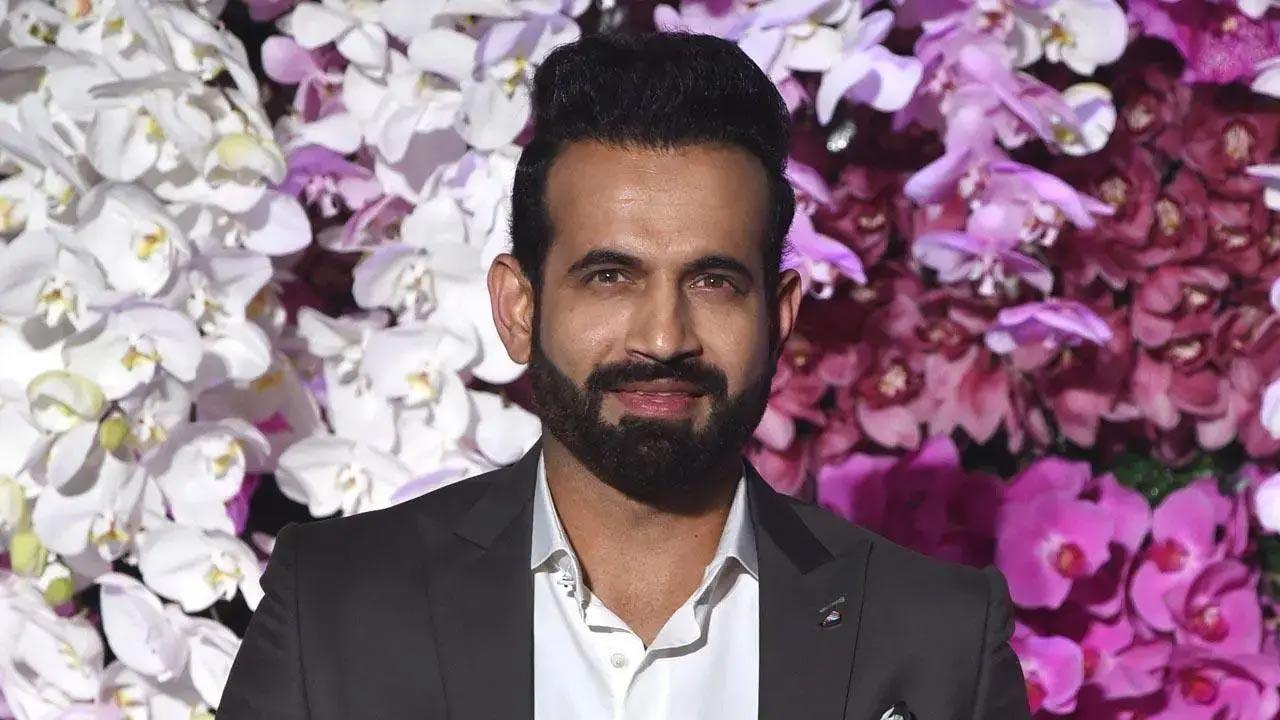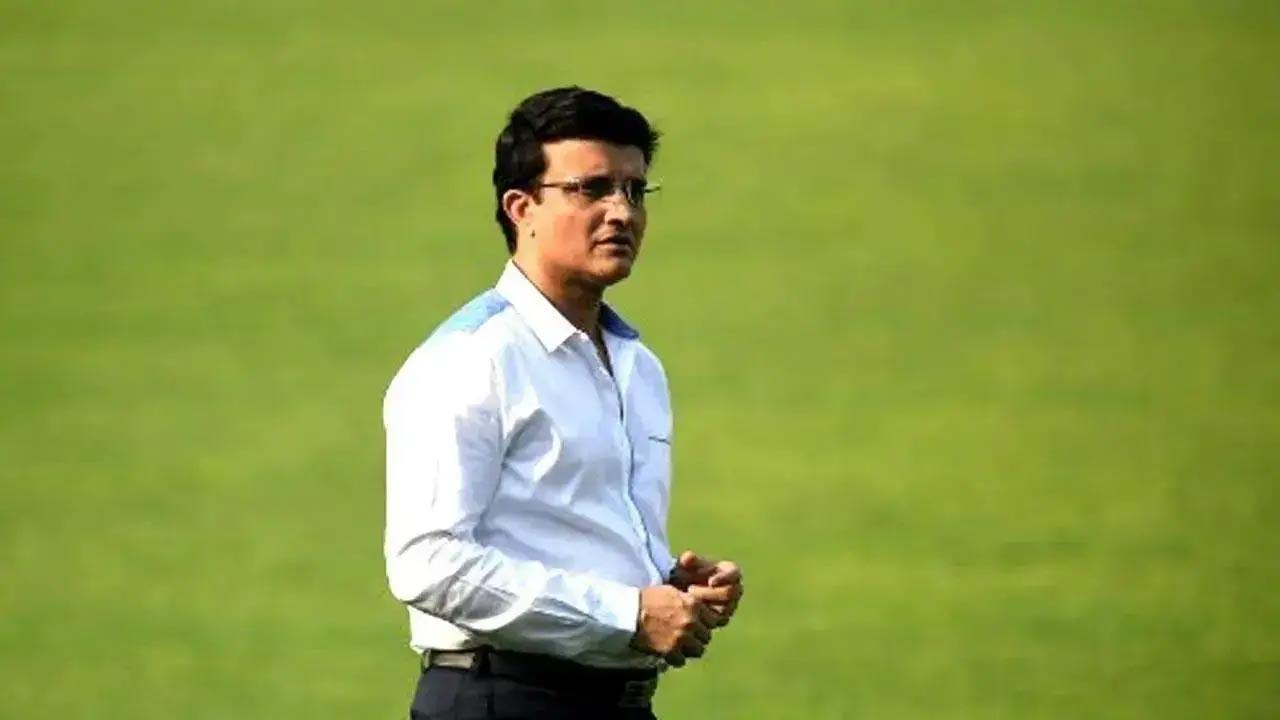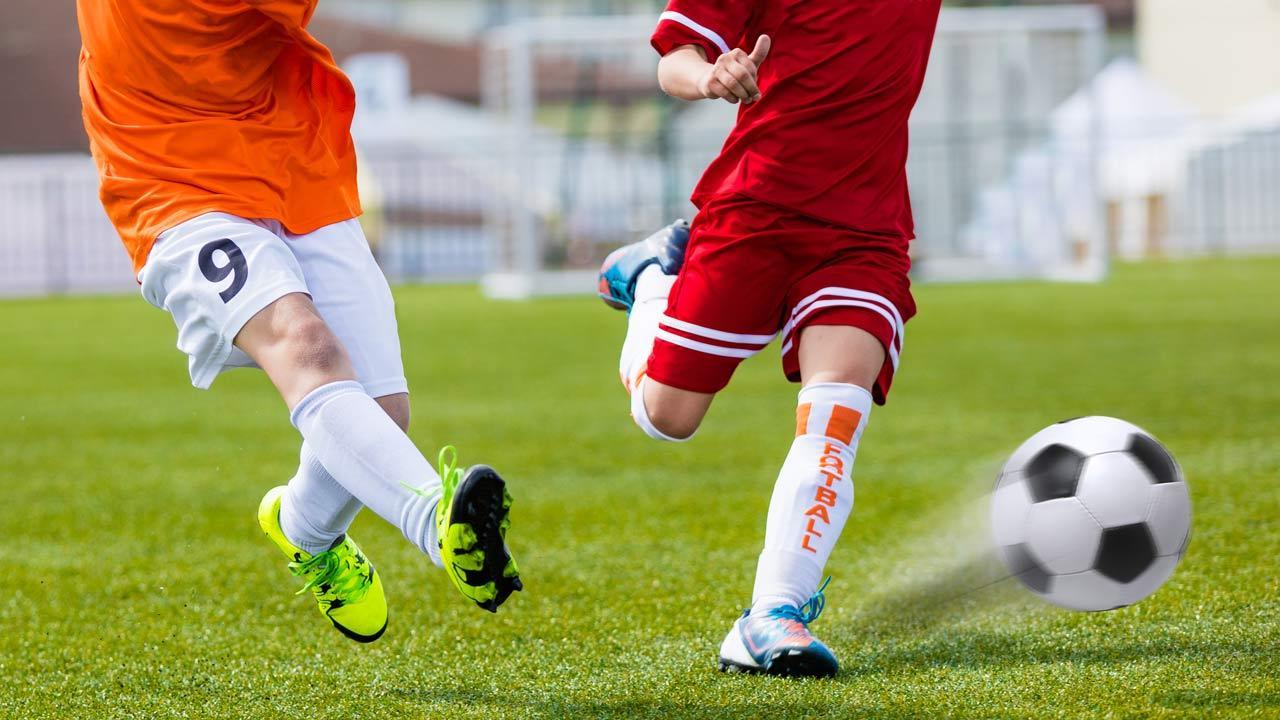
PORT ST. LUCIE, Fla. — After losing Frankie Montas for possibly the first quarter of the season because of a high-grade lat strain, league sources said the New York Mets intend to rely on their depth instead of acquiring another starter.
But is that the right play? It took all of two weeks into spring training for Montas’ injury to underscore the risk involved with the Mets’ rotation strategy of short-term additions. Advertisement The Mets signed Montas, 31, to a two-year guarantee worth $34 million in early December because they liked his upside and the reemergence of his velocity late last summer. But there’s a reason Montas was always going to be tied to short-term offers in the first place: his injury history.

Montas has qualified for the ERA title once in nine big-league seasons. Frankie Montas says he won't throw for 4-6 weeks as he recovers from his lat strain: pic.twitter.
com/IeY1IJrJnC — SNY (@SNYtv) February 19, 2025 To their credit, the Mets achieved one of president of baseball operations David Stearns’ goals by building more starting pitch depth. Coming into the season, they wanted enough options, knowing that injuries were inevitable. So it’s of no surprise the Mets plan to stand pat — at least for now.
They boast enough quantity to absorb Montas’ injury. There are still seven names for six spots: Kodai Senga, Sean Manaea, David Peterson, Clay Holmes, Griffin Canning, Tylor Megill and Paul Blackburn. The issue is each of those names carries a fair question.
How many innings can Senga give the Mets? Can Manaea repeat his success? Can Peterson eschew what the expected numbers say about his 2024 season and avoid regression? Can Holmes successfully transition from reliever to starter? Can Canning perform better with the Mets than he did with the Los Angeles Angels? Can Megill sustain his second-half success? Can Blackburn stay healthy after his scary spinal injury? The Mets faced a similar situation during last year’s spring training when Senga suffered an injury. At that time, the Mets chose against adding another starter. They stuck with internal options.
As a whole, the Mets’ rotation ended up surpassing projections in terms of availability and performance. The Mets’ strategy of short-term deals worked last year, with Luis Severino and Manaea making every start while producing sub-4.00 ERAs.
But even if the Mets own great practices for health and performance, it doesn’t mean their strategy will work again this year. A distinct element of luck exists when betting on bounce-back candidates, players with injury risk or similar profiles. Advertisement And expectations for the Mets have changed.
Club officials might push back on that idea, saying that they thought all along that the Mets looked like a contender. And that would be fair. But last year, the Mets weren’t coming off an appearance in the National League Championship Series and didn’t have Juan Soto.
To that, club officials would probably say that making moves based on external expectations is a recipe for disaster. And, again, that would also be fair. So the Mets’ decision to stick with what they have for the rotation comes down to a few things.
When Montas returned to camp Wednesday, he estimated that he could resume throwing in four to six weeks, which is two weeks quicker than the Mets’ initial timeline. Either way, he should return at some point in the first half. That’s probably another reason why the Mets aren’t quickly making a move.
Whether the Mets end up needing to add or not before Montas is back may say less about him and more about their overall strategy. (Top photo of Frankie Montas: Sam Navarro / Imagn Images).















